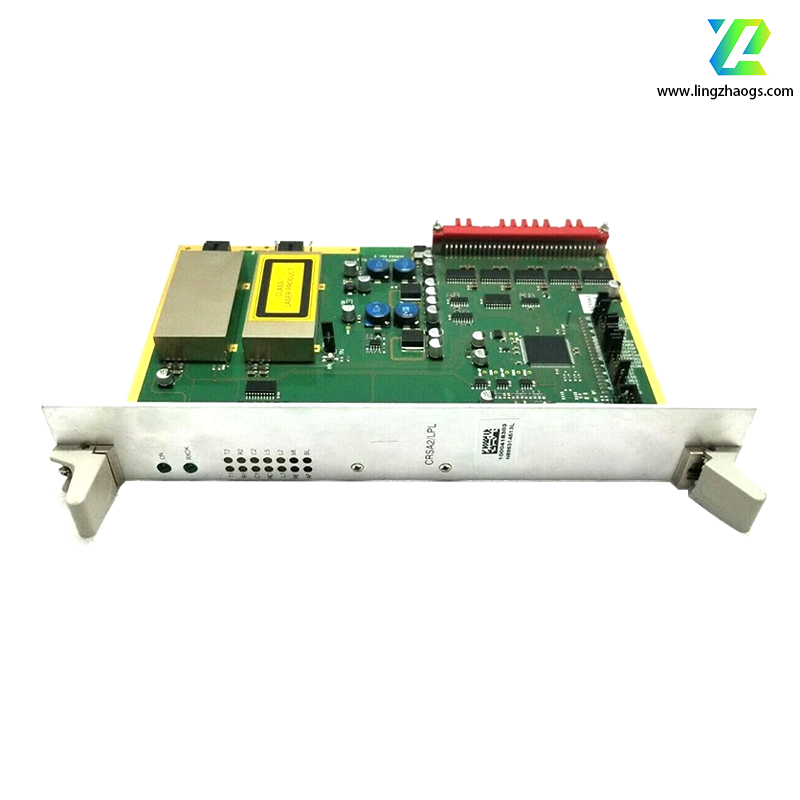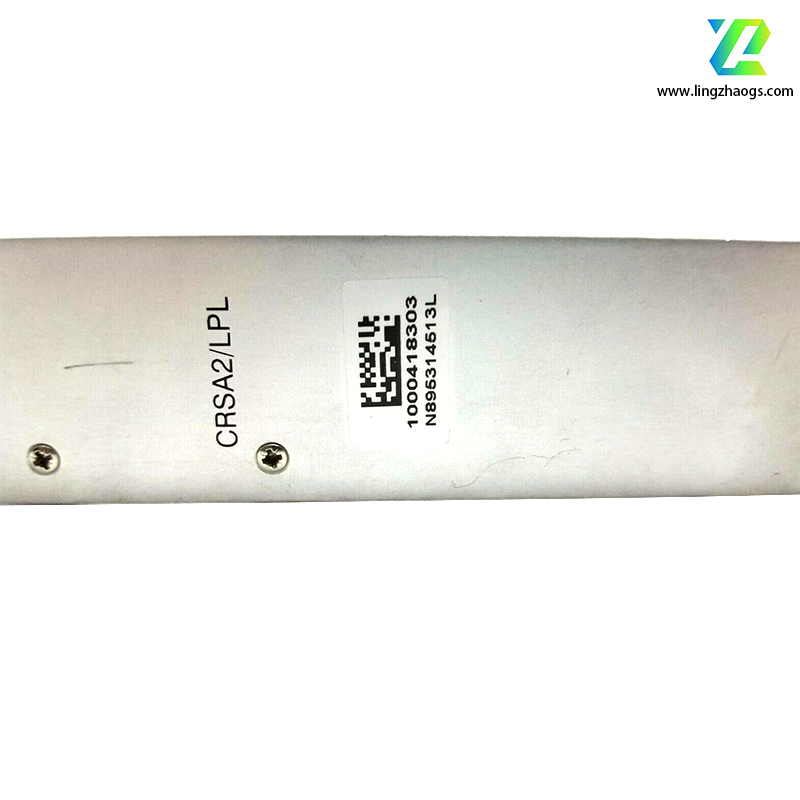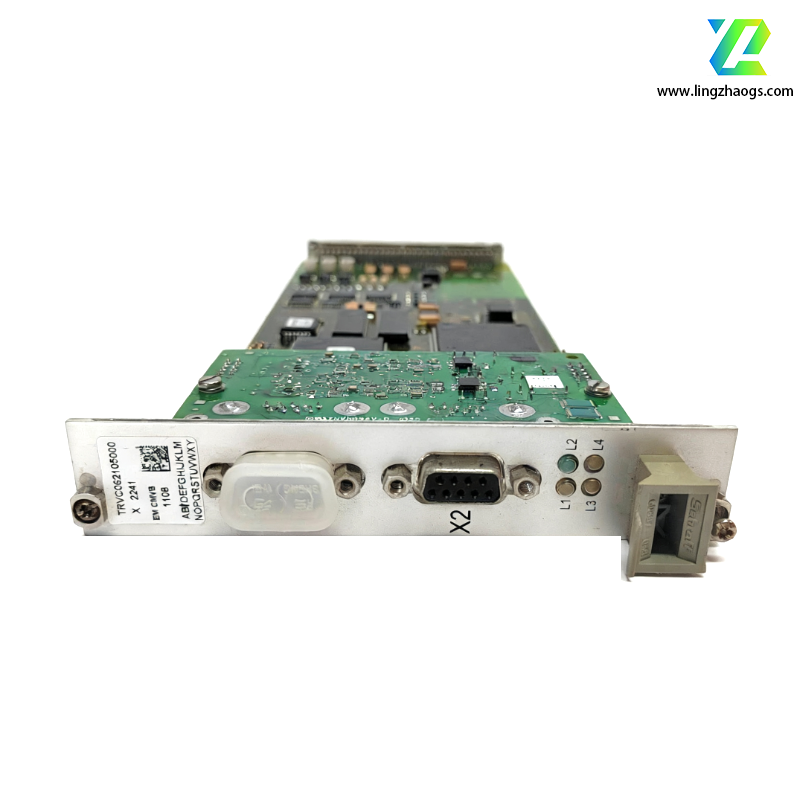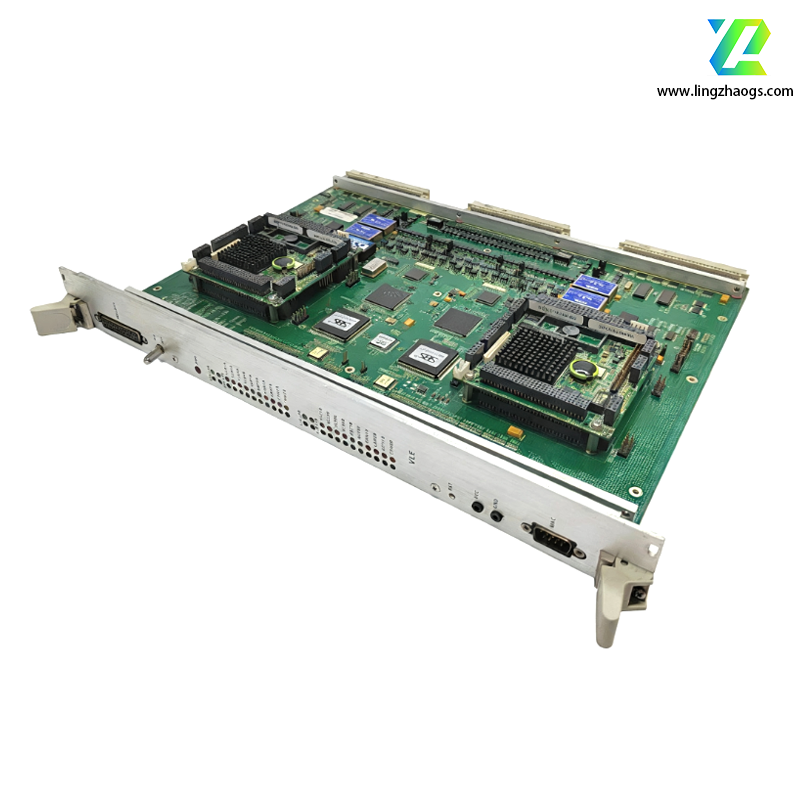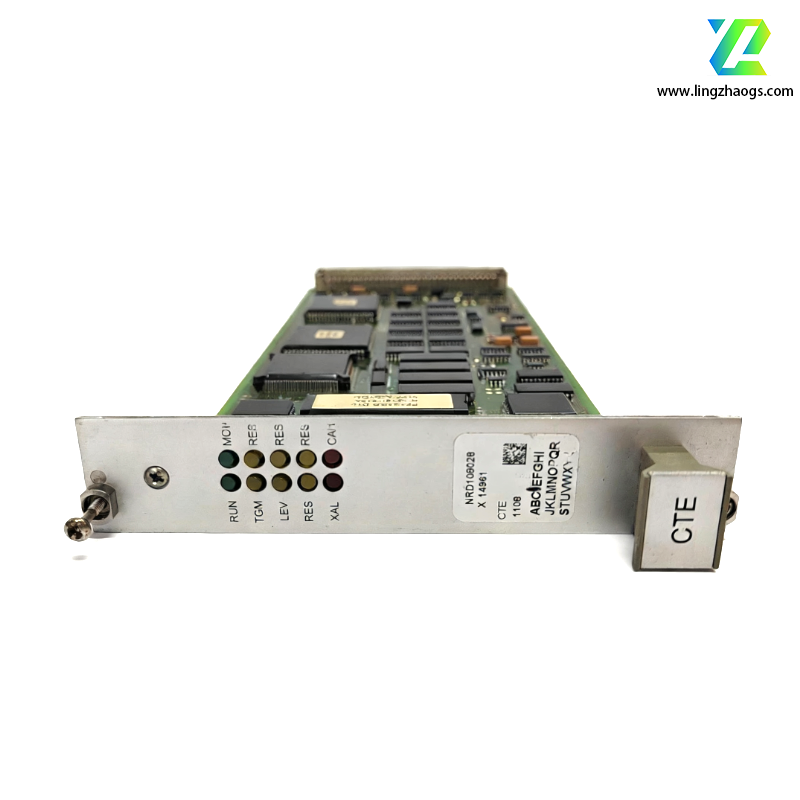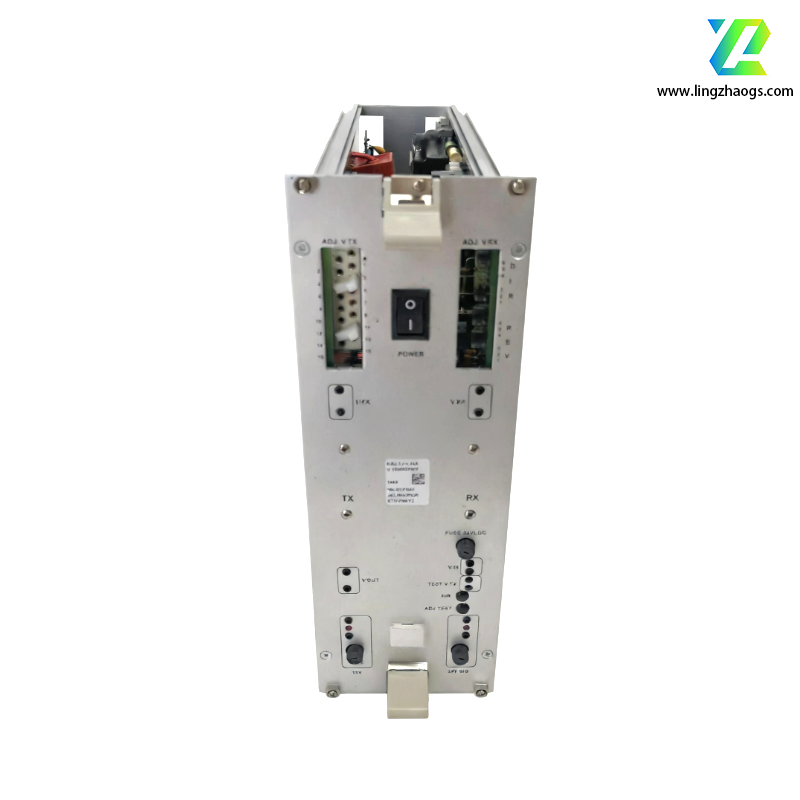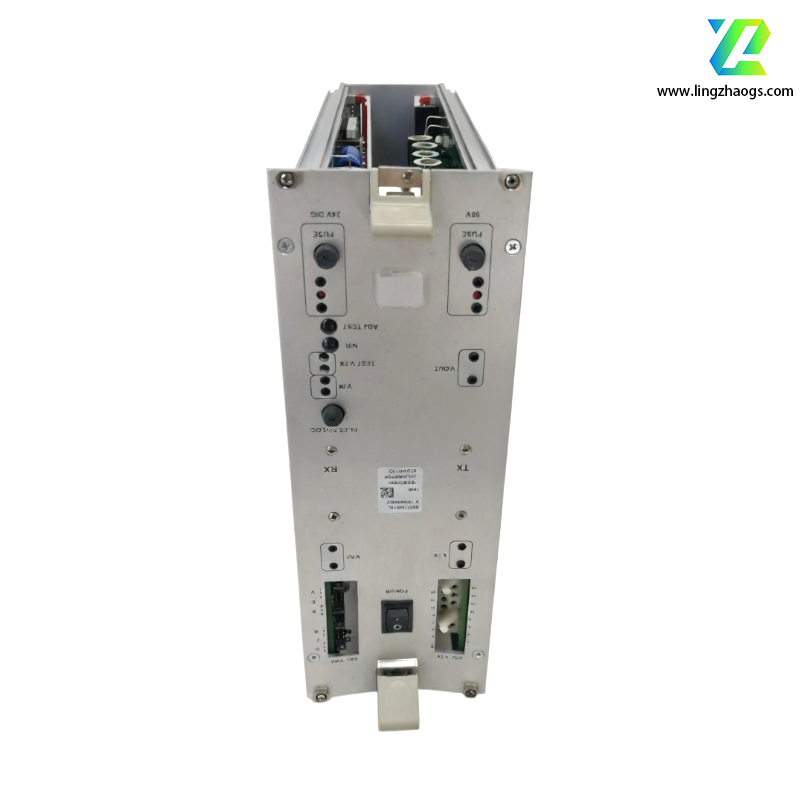ALSTOM N895314513L is a specialized industrial control module developed by ALSTOM, primarily categorized as a digital input/output (I/O) interface module or signal conditioning module for high-voltage power systems and heavy industrial automation platforms. As a key component in ALSTOM’s power control and protection ecosystems (often integrated with its grid automation or turbine control systems), it is engineered to bridge the gap between field sensors/actuators and central controllers—focusing on precise signal conversion, reliable data transmission, and robust environmental resilience. This module is widely deployed in power generation, transmission, and heavy manufacturing sectors, where it ensures stable operation under high electrical noise, vibration, and temperature fluctuations.
- High-Density Digital I/O Processing: Equipped with 16-channel digital input and 8-channel digital output ports, it supports both sinking (NPN) and sourcing (PNP) input types, with a rated input voltage of 24V DC and output current capacity of 2A per channel. This enables simultaneous monitoring of field devices (e.g., limit switches, contactors) and control of actuators (e.g., valves, relays), forming a complete digital control loop.
- Signal Conditioning & Isolation: Integrates 2.5kV AC galvanic isolation between input/output circuits and the module’s core processor. It filters out electrical noise (e.g., voltage spikes from high-voltage equipment) and stabilizes transient signals, ensuring that only clean, accurate data is transmitted to the central controller—critical for avoiding false triggers in power system protection logic.
- Real-Time Status Monitoring & Diagnostics: Features built-in LED indicators for each I/O channel (to display “active”/“fault” status) and a centralized fault alarm output. It continuously self-monitors for channel failures, overcurrent, or voltage anomalies, and transmits diagnostic data to the controller via communication protocols—enabling predictive maintenance and reducing troubleshooting time.
- Industrial Network Integration: Supports Modbus RTU and IEC 61850 protocols (via RS-485 and Ethernet interfaces), which are widely used in power system automation. This allows seamless integration with SCADA (Supervisory Control and Data Acquisition) systems and ALSTOM’s proprietary control platforms (e.g., ALSPA Series), facilitating remote configuration and data logging.
- Industrial-Grade Ruggedness: Constructed with a reinforced metal housing and anti-vibration mounting brackets, it complies with IEC 60068-2 standards for environmental resilience. It operates stably in temperatures ranging from -30°C to +70°C and can withstand relative humidity of 5%–95% (non-condensing), making it suitable for outdoor substations or factory floors with harsh conditions.
- High Reliability & Longevity: Uses military-grade electronic components (e.g., high-temperature capacitors, gold-plated connectors) to minimize wear and tear from frequent signal switching. It has a mean time between failures (MTBF) of over 100,000 hours, ensuring long-term stability in mission-critical applications like power grid control.
- Compact & Space-Saving Design: With dimensions of 140mm (W) × 80mm (H) × 60mm (D) and DIN rail mounting compatibility, it optimizes control cabinet space—especially valuable in high-density power system control rooms where multiple modules need to be installed.
- Easy Configuration & Commissioning: Supports parameter setting via a built-in DIP switch (for basic I/O logic) or ALSTOM’s dedicated configuration software (for advanced protocol mapping). It requires no specialized programming skills for initial setup, reducing on-site commissioning time by up to 30%.
- Power Generation & Transmission: Deployed in thermal power plants, hydropower stations, and 110kV–500kV substations. It monitors the status of circuit breakers, disconnect switches, and transformer cooling fans (via digital inputs) and controls the activation of protective relays or backup power supplies (via digital outputs).
- Heavy Industry & Manufacturing: Used in steel mills, cement plants, and petrochemical refineries. It interfaces with production line sensors (e.g., conveyor belt position detectors) and controls heavy-duty motors or valve actuators, ensuring synchronized operation of industrial processes.
- Railway Electrification: Integrated into railway traction power systems (e.g., overhead catenary control). It monitors the status of traction substations and controls the switching of power supply lines, supporting safe and stable train operation.
- Renewable Energy Systems: Applied in wind farms and solar power plants. It monitors the status of wind turbine brakes or solar inverter switches and transmits data to the central control system, optimizing energy production and grid integration.
In a 220kV urban substation using ALSTOM’s ALSPA Series automation system, the N895314513L module is installed in the substation control cabinet. Its 16 digital inputs are connected to field devices: 8 for circuit breaker status (open/closed), 4 for transformer temperature alarms, and 4 for lightning arrester fault signals. The 8 digital outputs are linked to protective relays (to trigger tripping in case of overcurrent) and substation lighting/ventilation systems (for remote control). Via Ethernet (IEC 61850), the module transmits real-time I/O status to the substation SCADA system. When a circuit breaker fails to close (detected via input channel 3), the module immediately sends a fault signal to the SCADA center and activates a local alarm light (via output channel 2)—enabling operators to respond within minutes and minimizing the risk of power outage.
- Enhanced System Safety: 2.5kV AC isolation and noise filtering prevent electrical interference from triggering false protection actions, critical for avoiding accidental power grid shutdowns or equipment damage in high-voltage environments.
- Reduced Operational Costs: High MTBF (100,000+ hours) and easy maintenance reduce unplanned downtime and replacement costs. The compact design also lowers control cabinet space requirements, cutting infrastructure expenses.
- Simplified Integration: Compatibility with IEC 61850 and Modbus RTU eliminates the need for custom interface hardware, enabling seamless connection to existing power automation systems—saving integration time and engineering costs.
- Improved Maintainability: LED status indicators and remote diagnostic capabilities allow technicians to quickly identify faulty channels without disassembling the module, reducing troubleshooting time by 40%.
- Confirm I/O Requirements: Prior to procurement, calculate the number of digital inputs/outputs needed for the application (e.g., number of field sensors/actuators) to ensure the module’s 16-in/8-out configuration meets demand. For larger systems, verify compatibility with ALSTOM’s I/O expansion modules.
- Source from Authorized Channels: Purchase through ALSTOM-authorized distributors or certified industrial spare parts suppliers. Request product certification documents (CE, UL 508) and batch records to avoid counterfeit or substandard modules, which may cause system failures.
- Adhere to Installation Standards: Install by qualified electricians following ALSTOM’s official manual. Ensure proper grounding of the module (to enhance noise immunity) and correct wiring of input/output terminals (to avoid reverse polarity or short circuits). Use shielded cables for communication interfaces to reduce electromagnetic interference.
- Regular Maintenance: Conduct semi-annual inspections: check LED indicators for abnormal status, test I/O channel responsiveness using a signal generator, and clean the module’s ventilation slots to prevent overheating. Update the module’s firmware (if applicable) via ALSTOM’s software to ensure compatibility with latest system updates.
